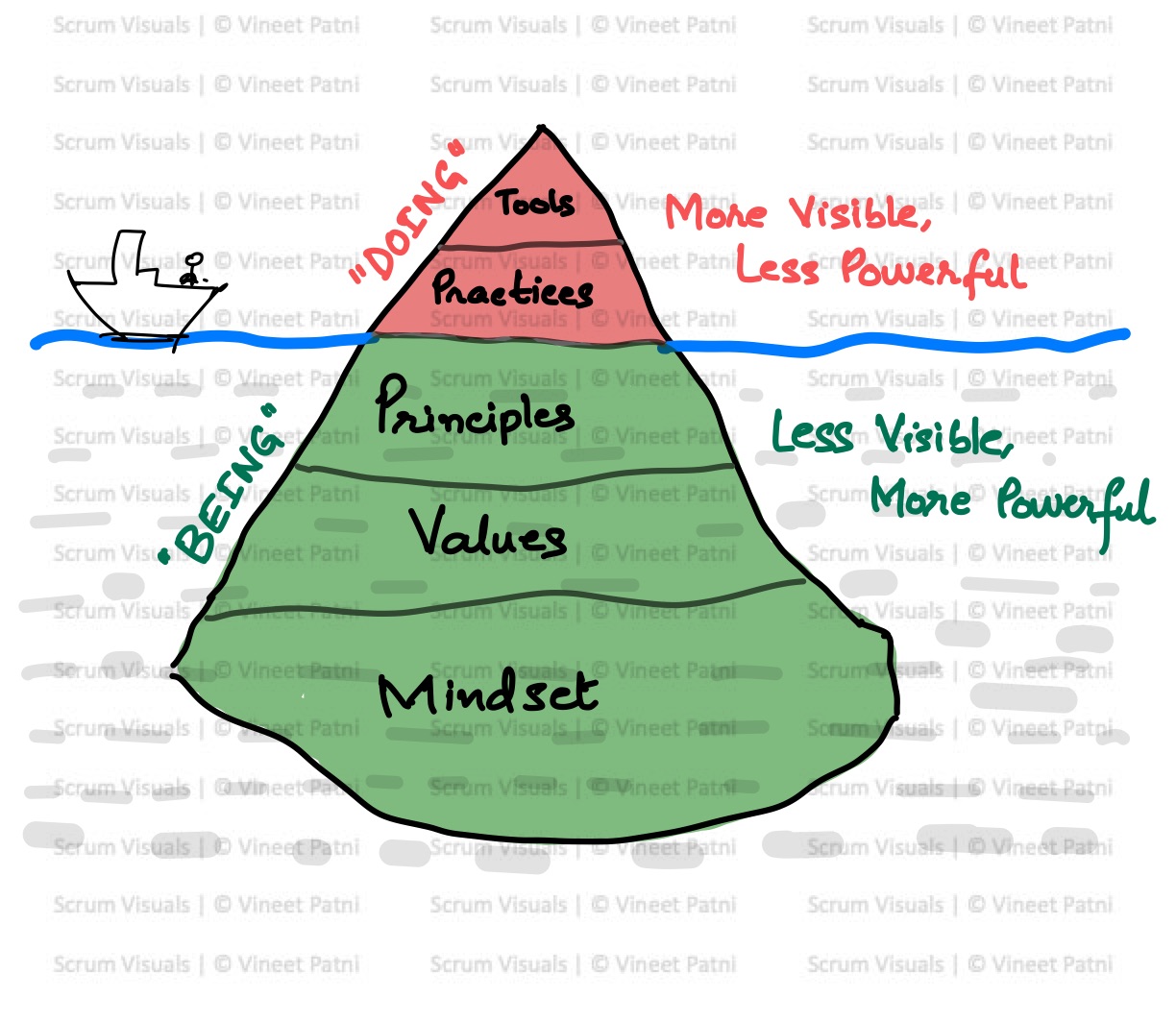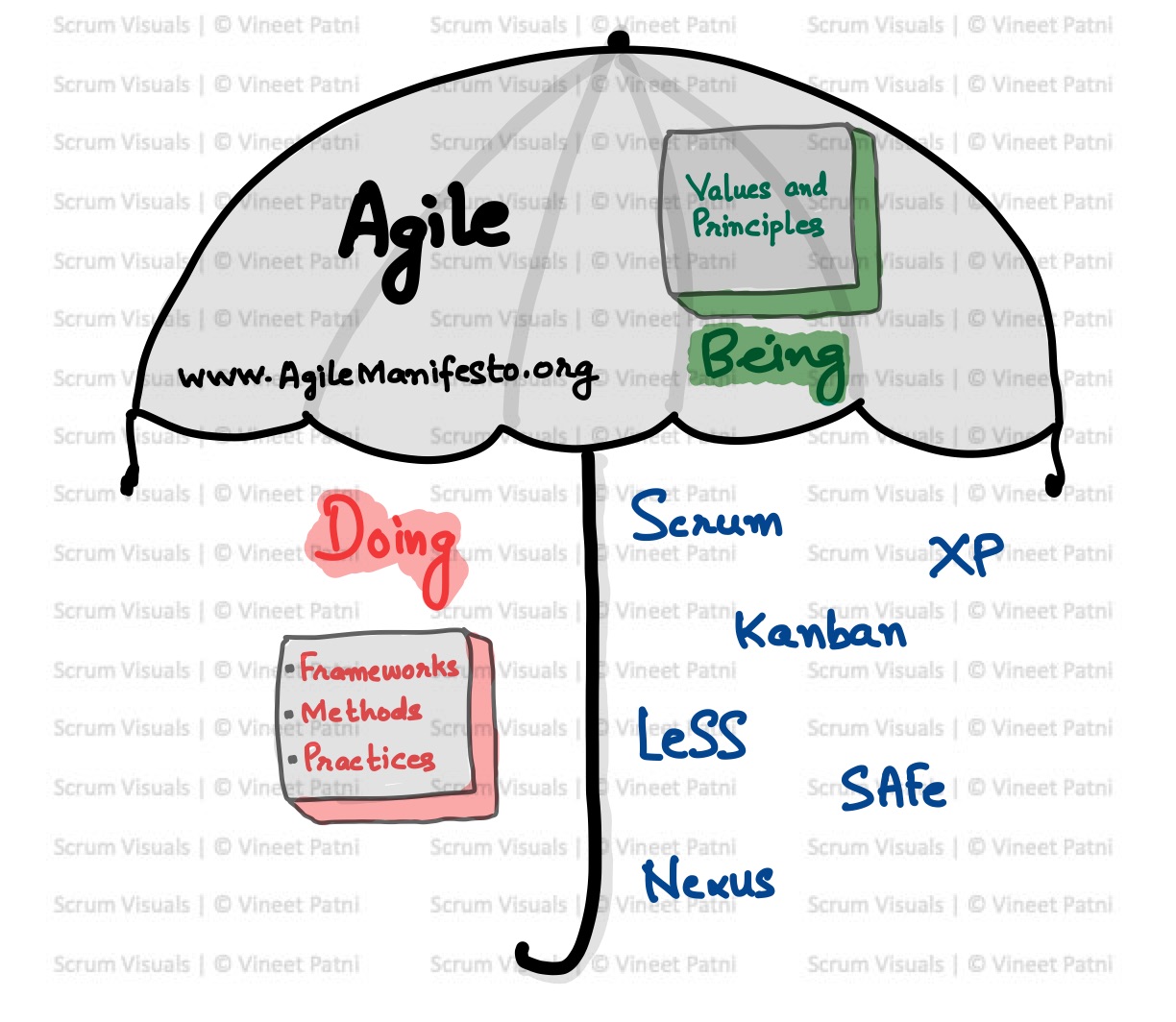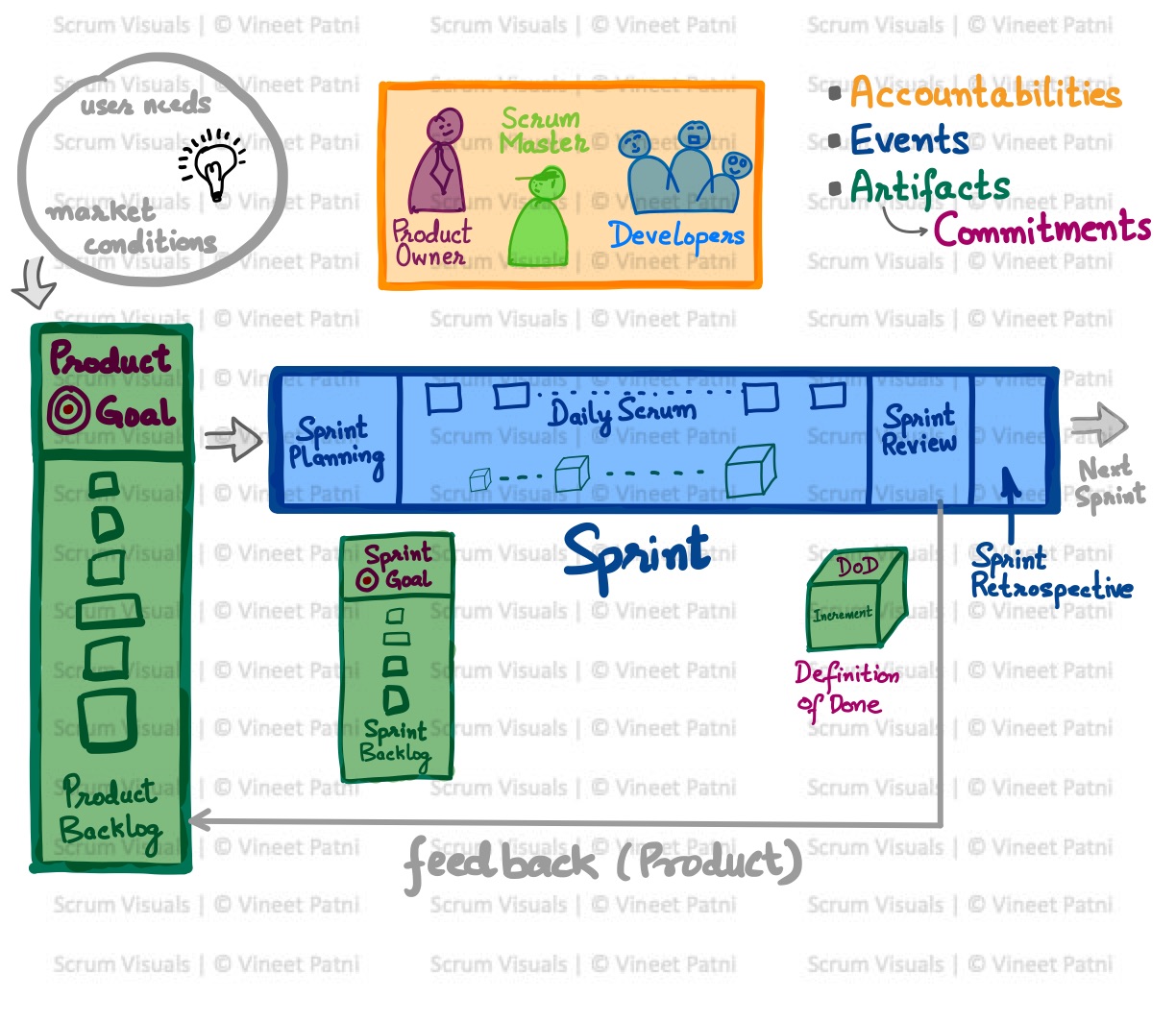In the ever-evolving landscape of project management, Scrum has emerged as a beacon of agility, collaboration, and efficiency.
Scrum provides a framework that empowers teams to adapt to change and deliver high-quality, high-value products.
At the heart of this framework is the Scrum Master, a pivotal role that orchestrates the seamless functioning of the Scrum team.
In this blog, we’ll explore the fundamentals of Scrum, delve into the unique accountabilities it brings to the table, and shed light on the indispensable role of the Scrum Master in the functioning of a Scrum Team.
Scrum: A Brief Introduction
Before we unravel the intricacies of the Scrum Master role and accountability, let’s first understand the core of Scrum itself. Scrum is a framework adopting an iterative and incremental approach to developing products. It divides the project endeavor into small, manageable timeboxes, called sprints, of 1 month or less. The primary intent of Scrum is to get “done,” i.e., to deliver a valuable increment of the product at the end of each sprint.
In the Scrum framework, three key accountabilities (aka. roles) define the team landscape: the product owner, the Scrum master, and the developers.
These roles work collaboratively to ensure the project’s success while adhering to the core principles of transparency, inspection, and adaptation.
Scrum Team Accountabilities
Scrum introduces several key accountabilities that collectively contribute to its success:
- Product Owner: The Product Visionary
The product owner is the custodian of the product’s vision and goals. They are responsible for defining and ordering the product backlog, a dynamic, emergent, and ordered list of ideas, including features and enhancements.
The product owner gets the team to work on the most valuable stuff by making informed decisions about what product to develop next.
While the product owner collaborates closely with the team, their primary focus is maximizing the product’s value and return on investment (ROI).
- Developers: The Co-Creators
Comprising individuals with varied skills, the developers are responsible for converting the items from the product backlog into usable product increments.
The team self-manages its workload during the sprint with no external interference. Their commitment is vital to achieving the goals set for each sprint, and they collectively hold themselves accountable for the quality of the product increment.
- Scrum Master: The Enabler and Facilitator
Now, let’s put a spotlight on the Scrum Master. The Scrum Master is not equivalent to a traditional project manager who assigns work to team members and tracks their work.
Instead, they act as facilitators, causing the removal of impediments and ensuring that the Scrum Team diligently follows Scrum.
The Scrum Master is a servant leader, supporting both the product owner and the developers while fostering a culture of continuous improvement.
Distinguishing the Scrum Master from the Product Owner
To fully appreciate the role of the Scrum Master, it’s crucial to distinguish the role of the Scrum Master from that of the Product Owner. While both roles are essential for a well-functioning Scrum team, their focus and responsibilities differ significantly.
- Focus and Responsibilities:
- Product Owner: The product owner is primarily concerned with the “what” and “why” of the product. They define the product goal, arrange the ideas in an ordered product backlog, conduct experiments, and make decisions based on the product’s overall vision and business objectives.
- Scrum Master: In contrast, the Scrum Master is more concerned with the “how” of Scrum adoption in the team and organization. They ensure that the Scrum is understood and followed, facilitate collaboration, and remove any obstacles that hinder the team’s progress.
- Decision-Making Authority:
- Product Owner: The product owner has the ultimate say on what product gets developed and in what order. They ensure the team delivers the most valuable product increment with each sprint.
- Scrum Master: The Scrum Master has no decision-making authority over the product backlog. Instead, they focus on creating an environment where the team can effectively self-manage and make decisions collectively.
Why Scrum Needs a Scrum Master
Now that we have explored the core responsibilities of the Scrum Master and how they differ from those of the Product Owner, let’s delve into why having a dedicated Scrum Master is crucial for a Scrum team’s success.
- Facilitating Collaboration:
They facilitate interactions and collaboration within the Scrum Team and with Stakeholders, as and when necessary. They ensure the team understands the Product Backlog items and the overall Product Goal. By fostering collaboration, the Scrum Master helps build a shared understanding essential for successful product development and effective project delivery.
- Helping in removing Impediments:
Every team faces obstacles, and the Scrum Master’s role is to help the team identify and eliminate impediments that hinder the team’s progress. Scrum Master helps the team to clear the path, allowing the team to focus on delivering value.
- Ensuring Process Adherence:
The Scrum framework is built upon a set of principles and values. The Scrum Master ensures that these are understood and followed effectively, maintaining the integrity of the whole process. This adherence is vital for transparency and allows for continuous inspection and adaptation, the cornerstones of Agile product development with Scrum.
- Shielding the Team:
The Scrum Master shields the Developers from external distractions, interferences, and work pressures. They cultivate trust and safety and foster an effective Scrum Adoption environment where the team can concentrate on their valuable work without unnecessary interruptions. This focus enables the team to deliver high-quality products consistently.
- Promoting Continuous Improvement:
A key aspect of Agile development is the commitment to continuous improvement. The Scrum Master actively seeks feedback, conducts retrospectives, and facilitates discussions on how the team can enhance its processes and working methods. This commitment to improvement ensures the team becomes more effective with each sprint.
Conclusion
In the journey towards Agile excellence, organizations must recognize the significance of the Scrum Master role and invest in cultivating skilled professionals who can guide their teams toward success. One thing becomes clear as we navigate the intricate world of Scrum and its accountabilities.
With a Scrum Master steering the ship, the possibilities for innovation and success are limitless.








